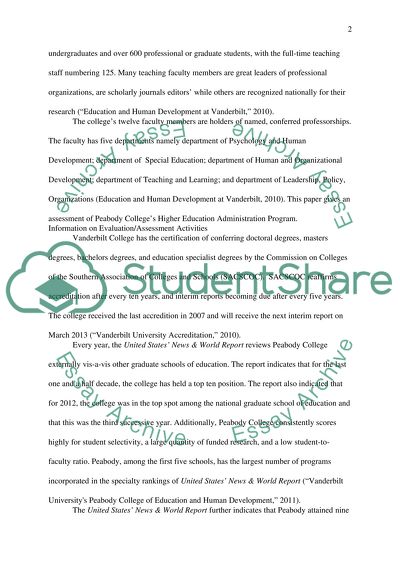Cite this document
(“(Real)Assessment of the Higher Education Administration Program at Research Paper”, n.d.)
Retrieved from https://studentshare.org/family-consumer-science/1410692-realassessment-of-the-higher-education
Retrieved from https://studentshare.org/family-consumer-science/1410692-realassessment-of-the-higher-education
((Real)Assessment of the Higher Education Administration Program at Research Paper)
https://studentshare.org/family-consumer-science/1410692-realassessment-of-the-higher-education.
https://studentshare.org/family-consumer-science/1410692-realassessment-of-the-higher-education.
“(Real)Assessment of the Higher Education Administration Program at Research Paper”, n.d. https://studentshare.org/family-consumer-science/1410692-realassessment-of-the-higher-education.


